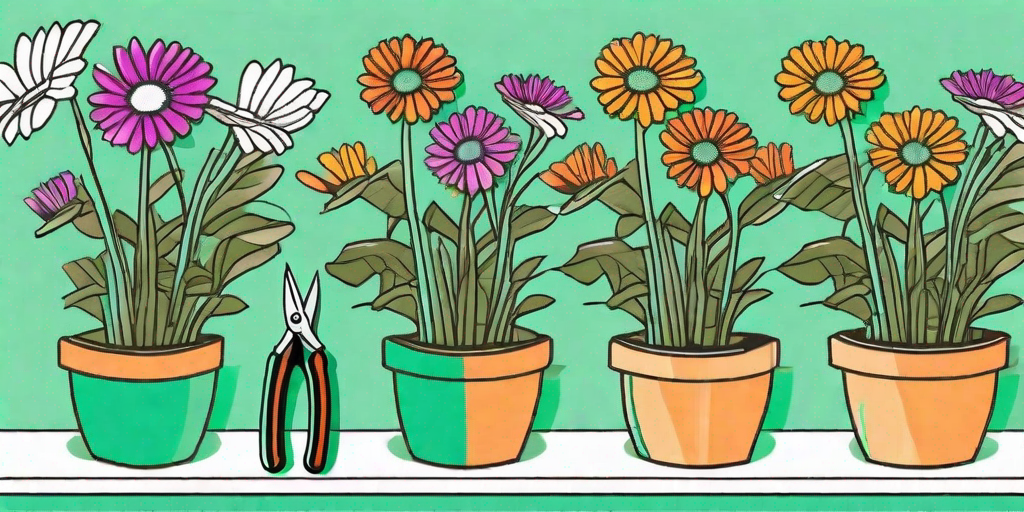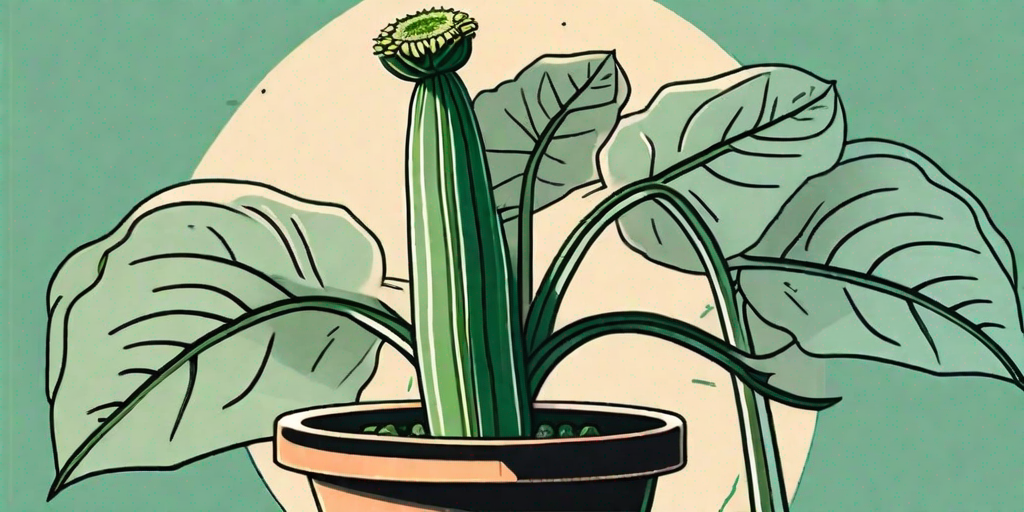
Garden Phlox, or as the botanists like to call them, 'Phlox paniculata', are the life of the party in any garden. They're like the friend who's always dressed to impress, adding a splash of color and vibrancy wherever they go. But, like any good friend, they need a bit of care and attention. So, let's roll up our sleeves and dive into the world of Garden Phlox.
Understanding the Garden Phlox
Before we get our hands dirty, let's get to know our colorful friend a bit better. Garden Phlox is a perennial plant, which means it's in for the long haul. It's not a one-summer wonder, but a loyal companion that will return year after year. They're native to North America and are famous for their clusters of flowers that come in a variety of colors, from white and pink to lavender and deep red.
These plants are not just pretty faces, they're also quite practical. They're great for attracting butterflies and hummingbirds to your garden. So, if you're a fan of nature's air shows, Garden Phlox is your ticket to the best seats in the house.
Getting Started: Planting Garden Phlox
Now that we're acquainted, let's get to the fun part - planting. Garden Phlox is not too picky about where it lives, but it does have a few preferences. It likes well-drained soil and a sunny spot in the garden. But, it's not a complete sun-worshipper and can handle a bit of shade.
When it comes to planting, spring is the best time. This gives the plant plenty of time to establish itself before it has to face the summer heat. Dig a hole that's about twice the size of the root ball, place the plant in, backfill the hole, and water well. Easy peasy, right?
Spacing
Remember, Garden Phlox likes to spread out and show off its colors. So, give it some room. A spacing of about 1-2 feet between plants should do the trick. This also helps with air circulation and keeps diseases at bay.
Watering
Watering is like a spa day for plants, and Garden Phlox enjoys a good soak. But, like anyone after a spa day, it doesn't like to stay wet. So, make sure the soil is well-drained. A good rule of thumb is to water once a week, but adjust as needed based on the weather.
Caring for Your Garden Phlox
Now that we've got our Garden Phlox settled in, let's talk about how to keep them happy and blooming. They're not high-maintenance, but a little TLC goes a long way.
Firstly, they're a bit like Goldilocks when it comes to nutrients - they want it just right. Too much fertilizer can lead to more leaves and fewer flowers, while too little can lead to weak plants. So, a balanced fertilizer applied in early spring should do the trick.
Pruning
Pruning is like a haircut for plants, and Garden Phlox can benefit from a little trim. Cutting back the plant in early spring can encourage bushier growth and more flowers. And who doesn't want more flowers?
Dealing with Pests and Diseases
No garden is a paradise, and Garden Phlox can sometimes face challenges from pests and diseases. Powdery mildew is a common issue, but can be managed with good air circulation and watering at the base of the plant. As for pests, keep an eye out for spider mites and cutworms.
FAQs
When does Garden Phlox bloom?
Garden Phlox typically blooms from mid-summer to early fall. But, with good care, you can extend the blooming period.
Is Garden Phlox deer resistant?
Yes, Garden Phlox is usually not on the menu for deer. But, remember, deer are unpredictable and may sample anything if they're hungry enough.
Can Garden Phlox grow in pots?
Absolutely! Garden Phlox can be quite happy in a pot. Just make sure it has good drainage and plenty of sun.
Conclusion
So, there you have it - your guide to getting your garden blooming with the vibrant colors of Garden Phlox. They're beautiful, they're colorful, and they're waiting to add a touch of magic to your garden. So, what are you waiting for? Get planting!















